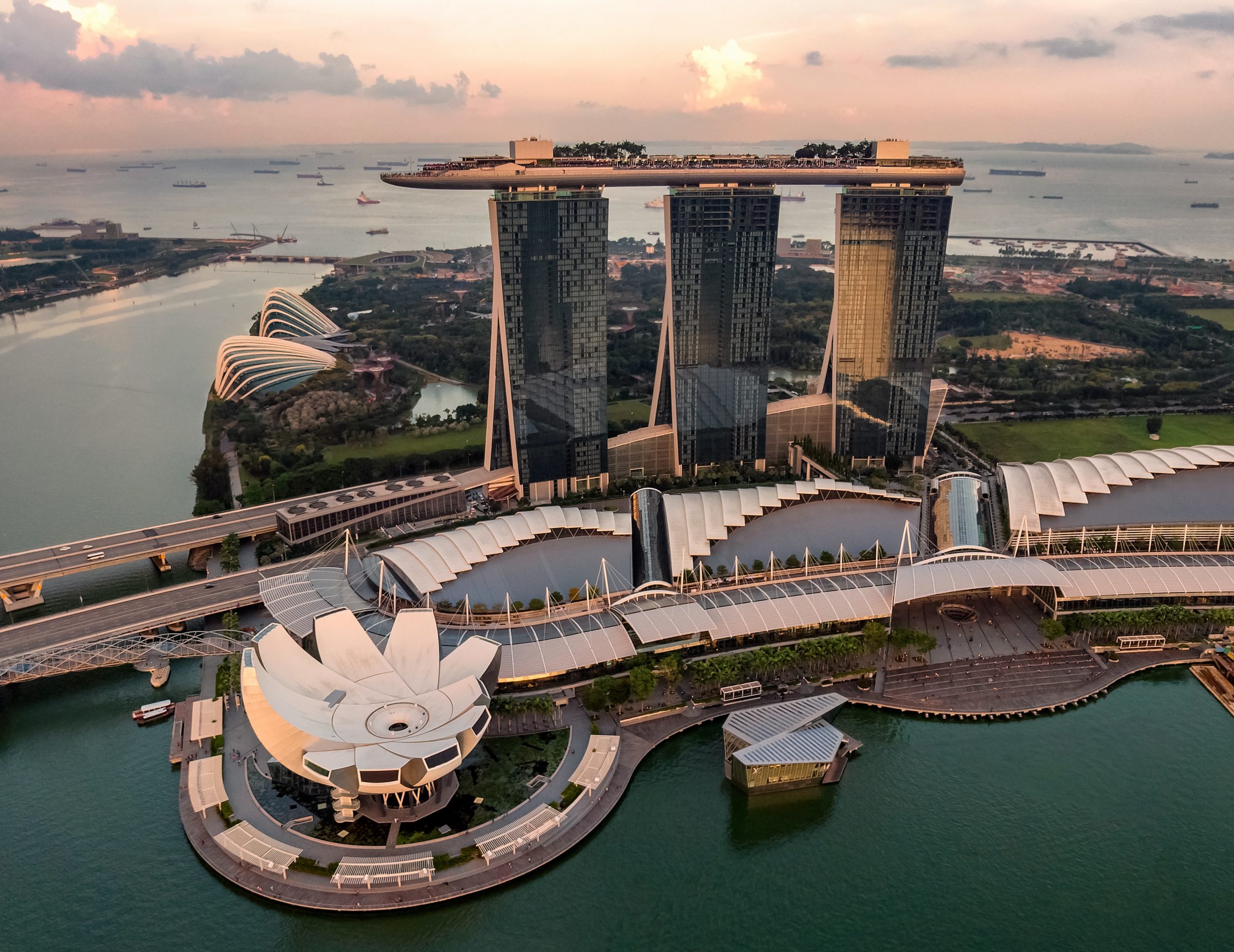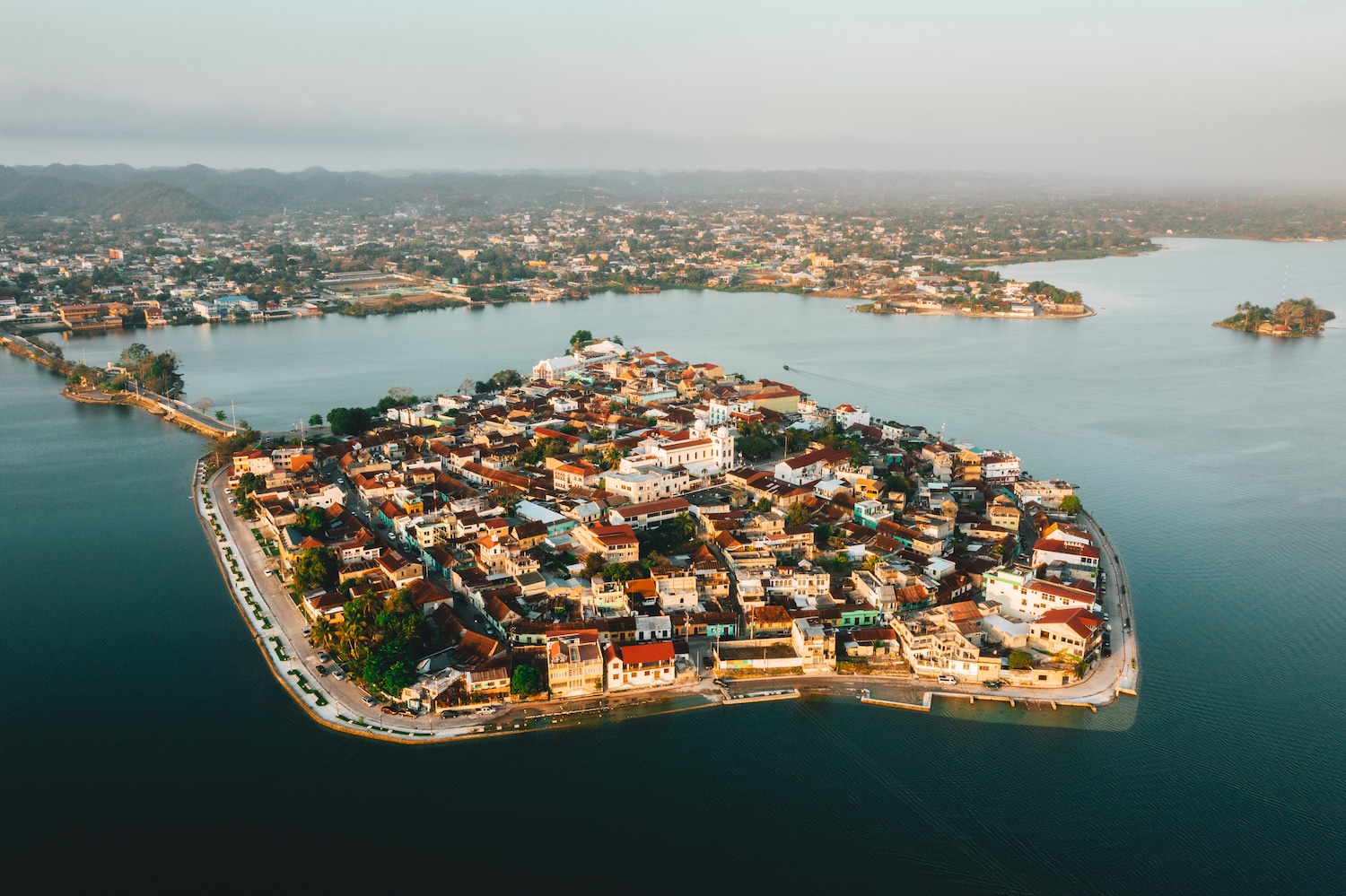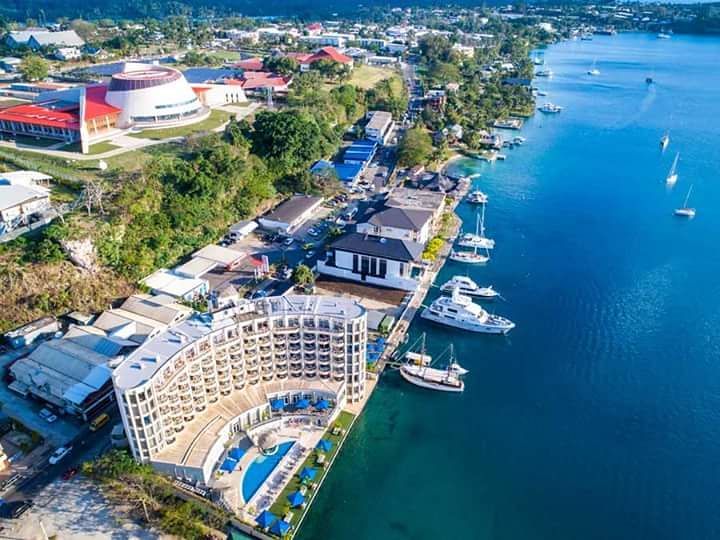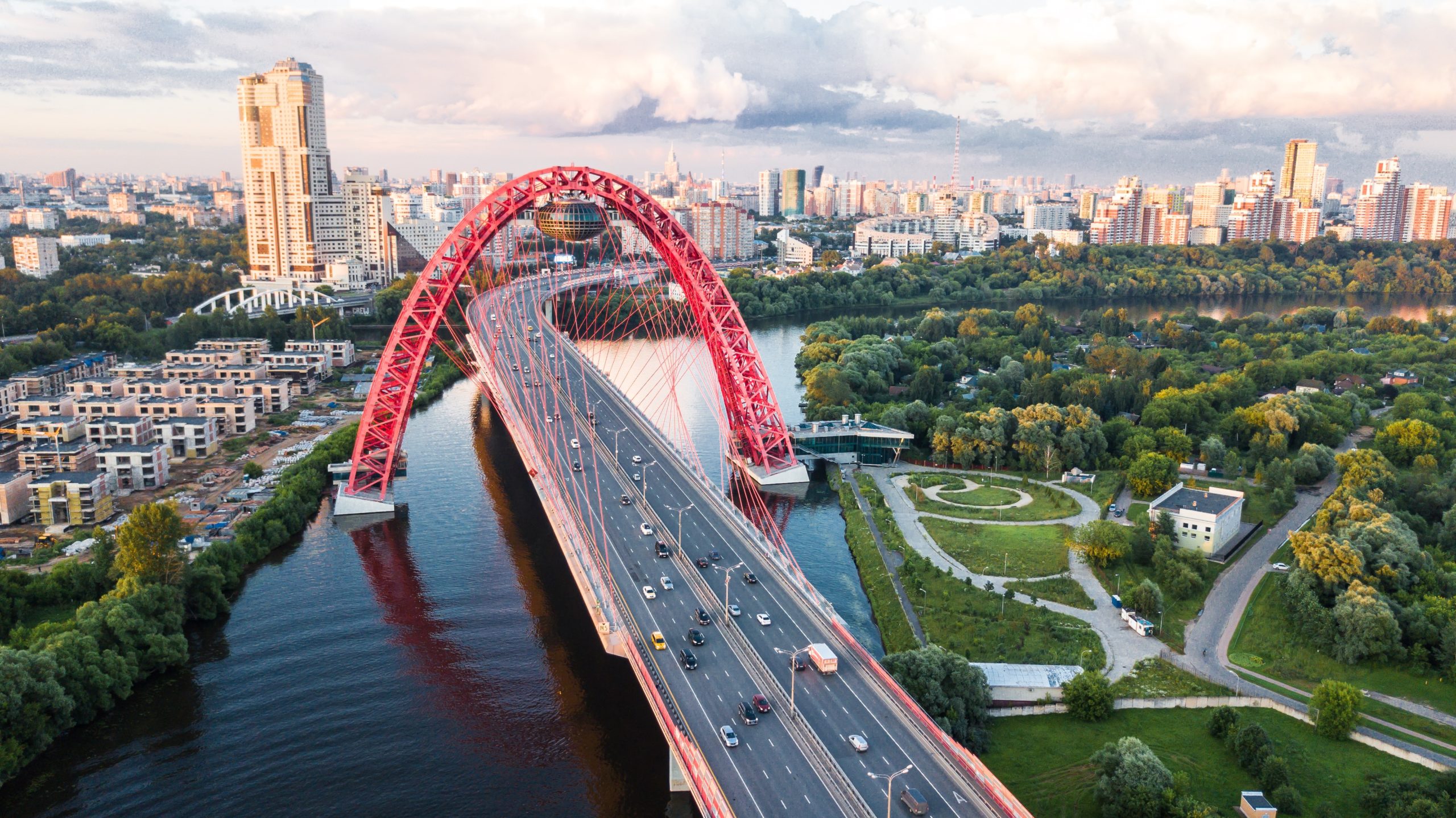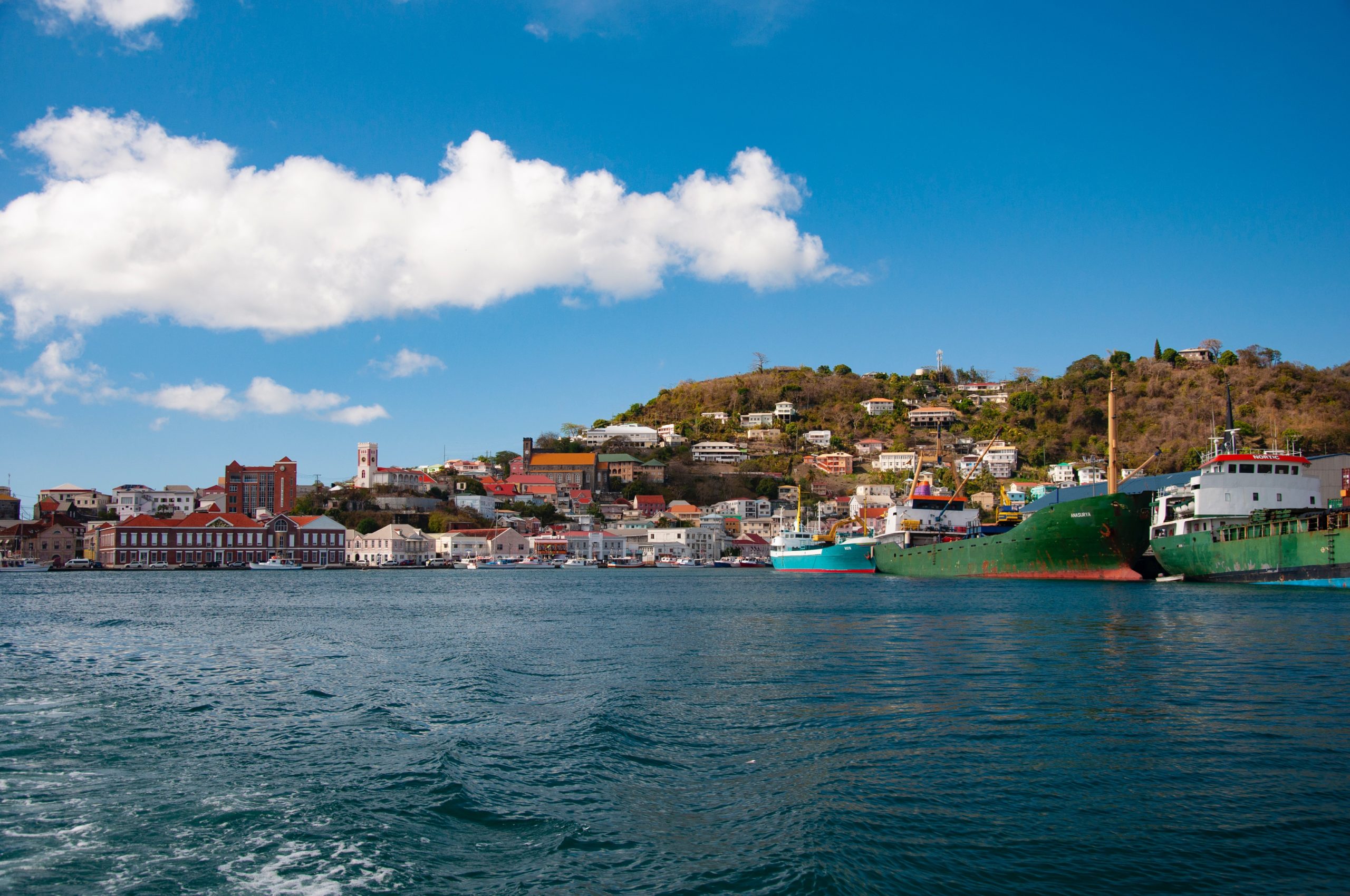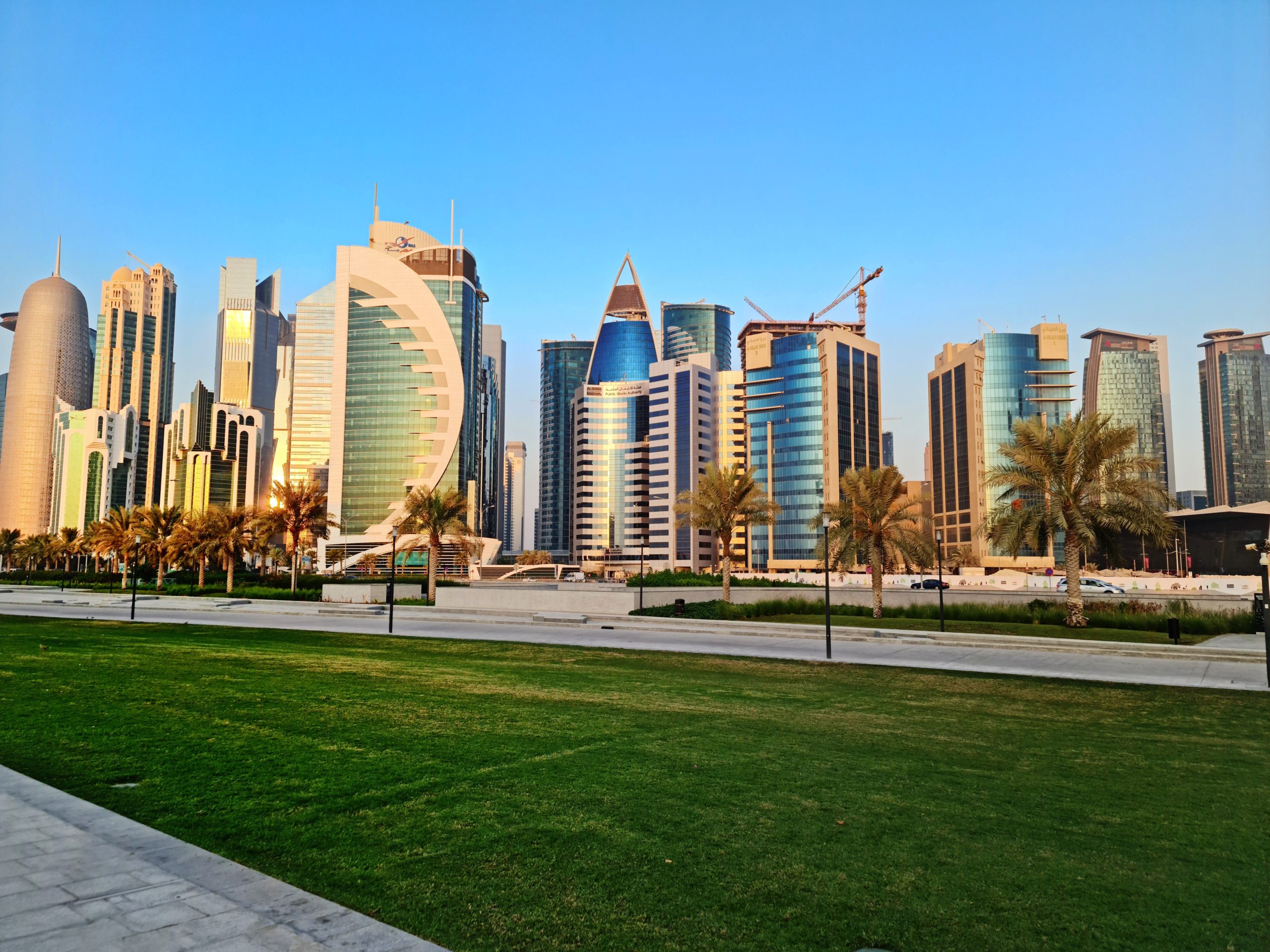Agriculture in the Republic of the Congo is largely subsistence. Food self-sufficiency has yet to be attained. Except in the south, where bananas and plantains predominate, cassava (manioc) is the primary food crop across the country. Sugarcane and tobacco are the most important cash crops, but palm kernels, cacao, and coffee are also grown to some extent. Bananas, manioc, peanuts, plantains, sugarcane, and yams are the principal food crops. Subsistence agriculture is the country’s largest employer and one of the three most important economic sectors. With the government’s efforts since 1987, agricultural production has increased due to “abolishing state marketing boards, liberating pricing, creating new agricultural finance institutions and closing down most state farms”. The Niari Valley in the south is a prominent agricultural area.
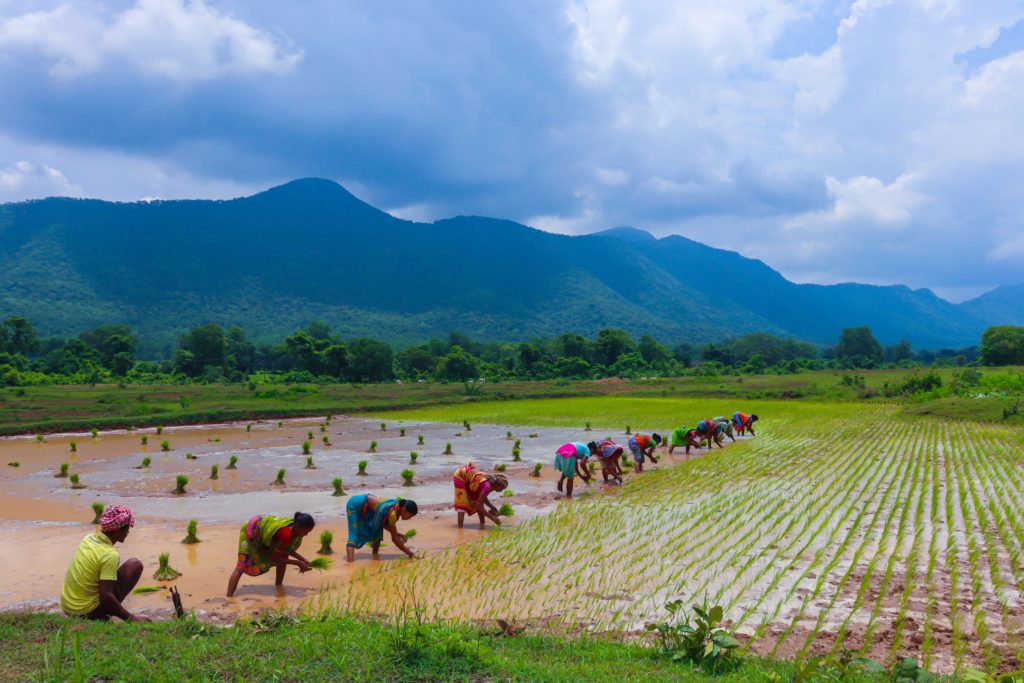
Tobacco plant
A substantial portion of the Republic of the Congo is covered in tropical forest, and around one-third of the country has poor sandy soils. The real area of farmed land is just around half of the total area used for agricultural cultivation. According to World Bank figures, the agricultural area was 106,000 square kilometers (26,000,000 acres) in 2012, accounting for 31% of the country’s total land area. Arable cropland occupied 530,000 hectares (1,300,000 acres), or 1.6% of the country. The Niari Valley in the south is a prominent agricultural area.
Crops
The principal crops farmed in Congo include manioc (cassava), plantains, bananas, peanuts, palm oil, fruits, vegetables, yams, beans, peas, and maize. The Niari Valley and Djambala District are both important rice-growing regions. Sugar, forest-based products, coffee, tobacco, and rubber are the only exports, with sugar and lumber being the most profitable.
Although agriculture employs 30% of the population, productivity is low, and agriculture contributes less than 10% of the GDP. In 2010, the country imported $300 million in food, including wheat, rice, poultry meat, palm oil, and milk products.
Livestock
Cattle, sheep, goats, pigs, and poultry have long been reared on a small scale in the region. The government implemented a lend-lease scheme to enhance the availability of meat in rural areas. Farmers would be loaned animals by the state with the obligation to repay the same number of animals at a later date. By 1980, 22,000 animals were on loan, and by 1990, cattle and poultry had doubled in the thirty years after independence, but sheep and goats had expanded more moderately. In 2000, yearly meat production was 27,000 metric tonnes, which was still significantly less than the country’s needs.
Development
Since the 1940s, France has utilized the country’s timber sector. Before independence, 80% of the population farmed. Petroleum accounted for 90% of exports by the 1980s, whereas forest products accounted for 60% in the late 1960s. It is the source of most limba and okoumé woodlands. Tuna, bass, sole, and sardines are caught in the small commercial fishing area off Pointe-Noire.
The government nationalized La société industrielle et agricole du Niari in 1970 and established the Congolese Industrial and Agricultural Society (SIAN). In 1978, Sucrerie du Congo took over sugar operations. While employing 30% of the workers in agriculture and allied fields, agriculture contributed less than 10% of GDP in the 1990s and 2000s, and 5% in 2008. Young men choose to work in cities, leaving farming to women and the elderly. This is one of the reasons agricultural growth has slowed. The Congolese government has leased South African farmers in recent years to enhance agricultural output. Congo Agriculture, a subsidiary of “Agri SA,” has established many farms in collaboration with local farmers. Farm operations covering 80,000 hectares commenced in 2011. Even though 2000 farmers indicated interest, just 30 signed up for the project, and only about 20 were engaged as of 2012.
